From the very start of his filmography, Quentin Tarantino has demonstrated that he is most definitely a film director who influences their films so much that they rank as their author, establishing his status as an auteur. Throughout each of his nine films, Tarantino’s artistic expression can be viewed throughout a wide variety of patterns, tropes and motifs. Setting his films apart from mainstream Hollywood flicks, Tarantino’s unique style of filmmaking is universally recognisable and acknowledged by both viewer and critic alike.
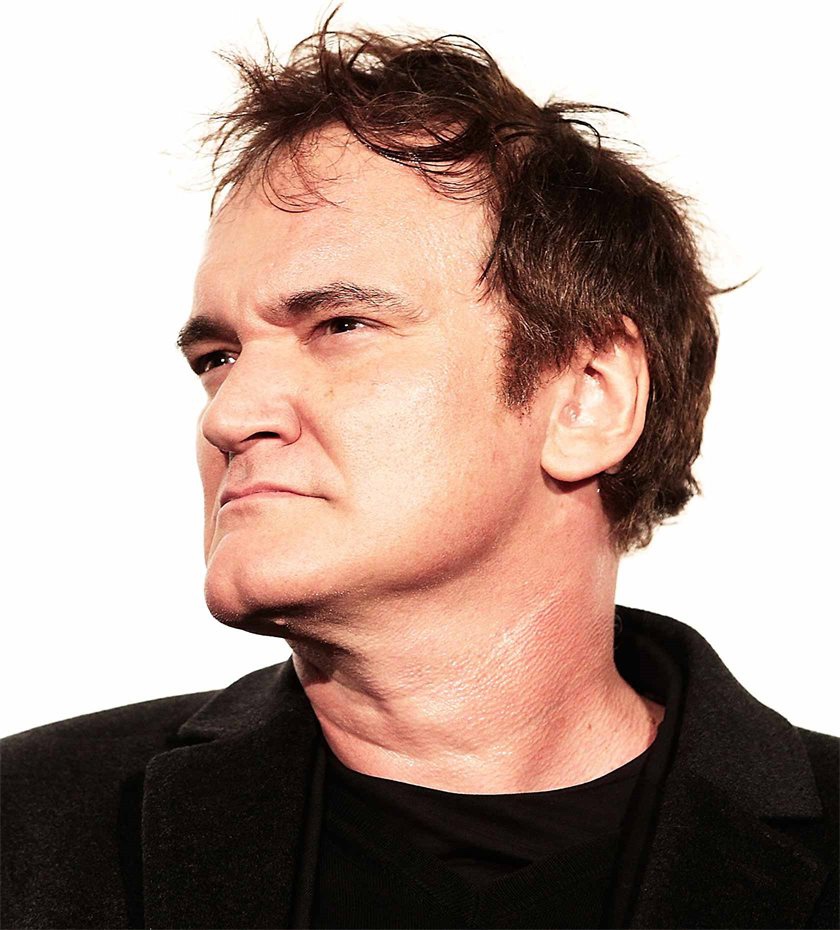
A cornerstone of Tarantino’s auterial tropes present within each and every one of his films is his stylistic use of dialogue. A typical occurrence is that a character will engage in a lengthy monologue about a seemingly trivial matter that is unimportant to the overall plot. A classic example of this can be seen within the opening of Reservoir Dogs (1992) in which the bank robbers engage in a conversation in a diner concerning both Madonna as well and tipping waitresses. Tarantino also uses dialogue to illustrate entertaining set-pieces, which do not drive the plot forward, but instead humanise the characters being portrayed. For example, the ‘Who Am I?’ guessing game proves to be one of the most engaging scenes in Inglorious Basterds (2009), despite not contributing to plot progression in any way.
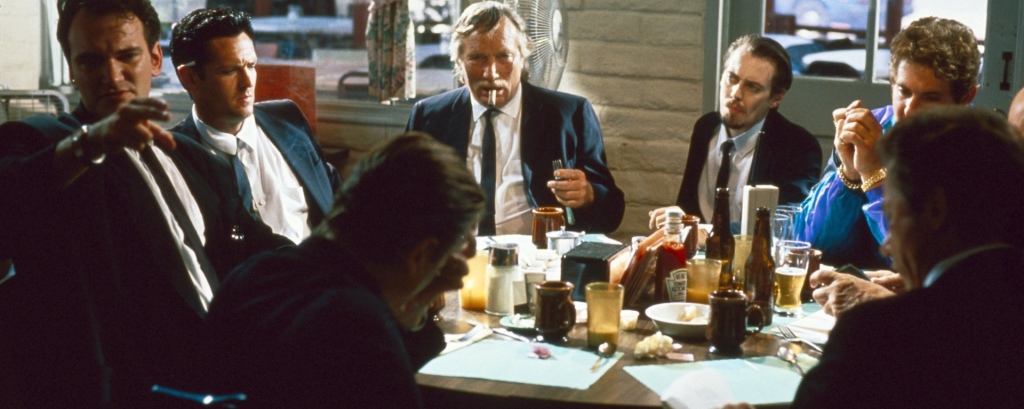
Tarantino’s dialogue moves with a flowing rhythm, being both fast paced and densely packed throughout his films. He frequently uses swearing within his dialogue, initially providing shock value for the viewer, but it soon acts as a device that relaxes them into the rhythm of the film. It provides for more naturalistic character interactions and merely contributes to the slick nature of the dialogue. Frequent pop culture references also appear throughout the dialogue of Tarantino’s films, references which provide a level of satisfaction and relatability for the viewer. For example, within Pulp Fiction (1994), bands such as Kool and the Gang and TV shows such as Green Acres are name dropped. Despite being frequently observable throughout Tarantino’s films, these pop culture references are moved on from in an instant, and do not detract from the flow of the film. A number of racial epithets are also prominent within the dialogue, but this isn’t considered to be exploitative due to Tarantino’s conceptual footing – he instead uses these stereotypes to create strong black characters, such as Django in Django Unchained (2012) and Jackie Brown from Jackie Brown (1997).
Stylised violence is another motif that contributes to Tarantino’s status as an auteur. Throughout his films, Tarantino often implements hyper-violence for two main purposes: light-hearted comedy and exhilarating action set-pieces. An example of violence used in a comedic sense is during the infamous “I shot Marvin in the face” scene from Pulp Fiction. Marvin’s sudden death is ridiculously exaggerated and completely unexpected, creating one of the film’s funniest moments through the use of gratuitous gore. Conversely, hyper-violence is used by Tarantino in Kill Bill (2003-4) to create dramatic and enthralling set-pieces, acting as a homage to samurai cinema.
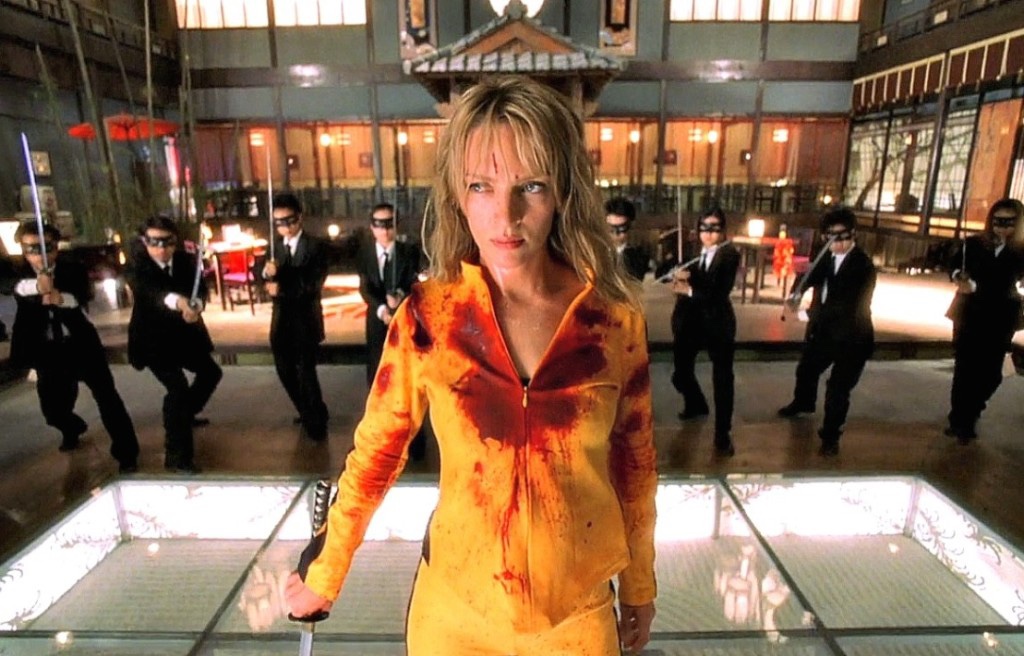
Chaptering is a narrative technique often utilised by Tarantino throughout his filmography, providing structural compartmentalisation. Appearing in films such as Pulp Fiction, Inglorious Basterds, and The Hateful Eight (2015), chapters are used to clearly define specific sections of the film. Furthermore, Tarantino’s films tend to possess an episodic flow to the narrative – particular in the case of Pulp Fiction in which three distinct yet intertwining storylines are told in a nonlinear fashion, each being signalled by chapter title cards.
The soundtrack of each and every one of Tarantino’s films are highly prolific and contribute to his rank as an auteur. Tarantino strives to acquire an eclectic compiled score for each film, usually made up of music from the 1960s and 70s which provide an potent evocation of the respective decades. Through this, Tarantino often brings long-forgotten deep cuts of the time period into the spotlight of the modern day, and revitalises their legacy. A clear example of this can be seen within Dick Dale’s 1962 surf rock cover of Misirlou, which is now synonymous with the opening titles of Pulp Fiction.
Postmodernism is a term closely associated with Tarantino – he often makes romanticised references to aesthetics that fuel his creative inspirations. Within Pulp Fiction, this idea can be seen through Butch selecting a katana as his weapon of choice, harkening back to Tarantino’s obsession with the films of Akira Kurosawa. The Jack Rabbit Slim’s diner pays homage to the pop culture of the 1950s – oozing with style of the decade and displaying cultural icons such as Marilyn Monroe and Buddy Holly. Tarantino has also created a fictional brand of cigarettes (Red Apple) and burger (Big Kahuna) that appear throughout his films, perhaps it is Tarantino’s way of light-heartedly acknowledging the postmodernist culture that his filmography is associated with. Tarantino is also a very traditional filmmaker, always opting for the use of 70mm celluloid film, despite the benefits of digital filmmaking.
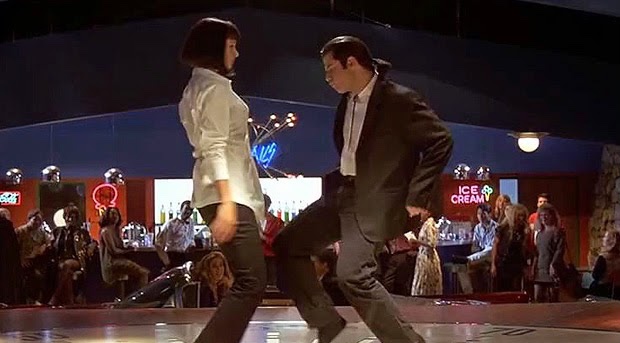
Tarantino typically recasts a particular selection of actors within his films, including the likes of Samuel L. Jackson, Uma Thurman, Tim Roth, and recently Brad Pitt. Tarantino also likes to subvert the general associations with a particular actor, and in some cases reinvent and revitalise their careers. For example, audiences were surprised to see the return of John Travolta – an actor of the 1970s regarded as a handsome heartthrob – cast as Vincent Vega, a charismatic yet corrupt hitman, in Pulp Fiction.
Female characters are also represented in a strong and self-reliant light within Tarantino’s films, juxtaposing the submissive stereotypes associated with mainstream Hollywood films. Characters such as The Bride in Kill Bill and Daisy Domergue in The Hateful Eight are ruthless forces to be reckoned with, and are richly characterised throughout their respective films.
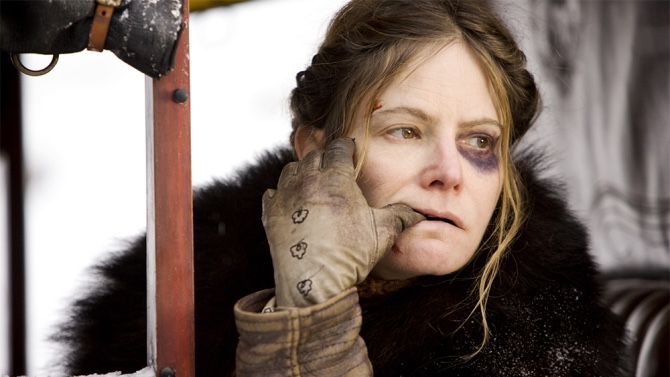

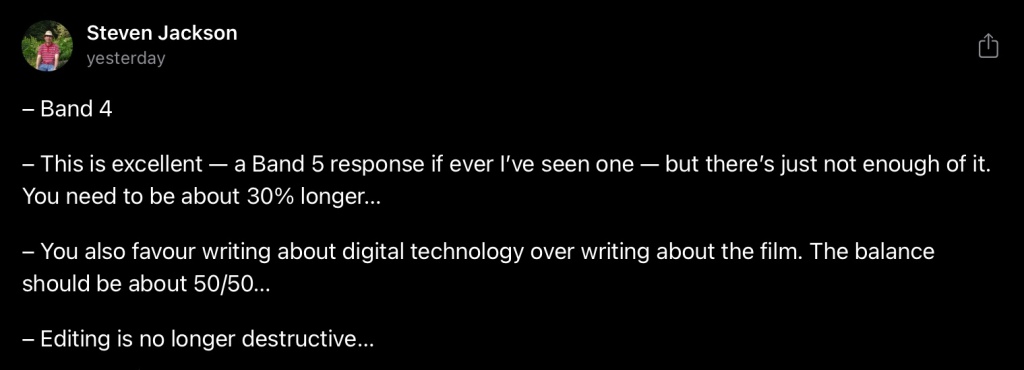
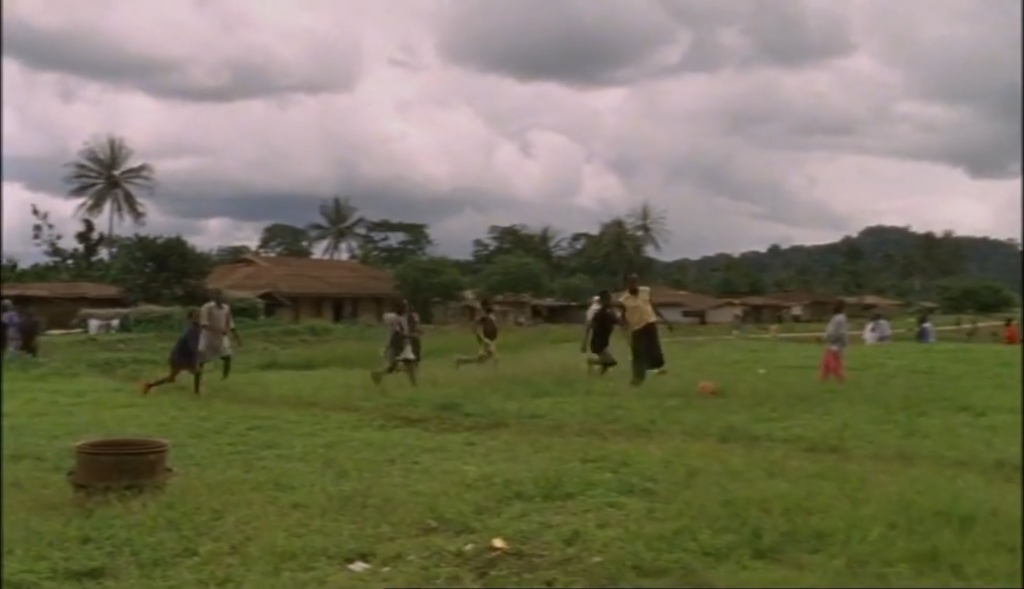
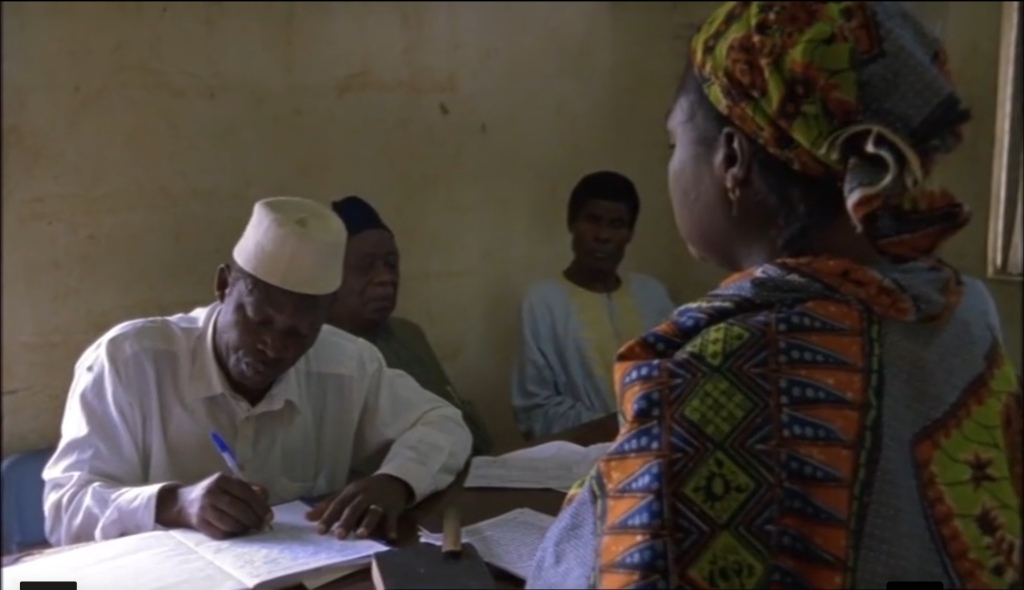
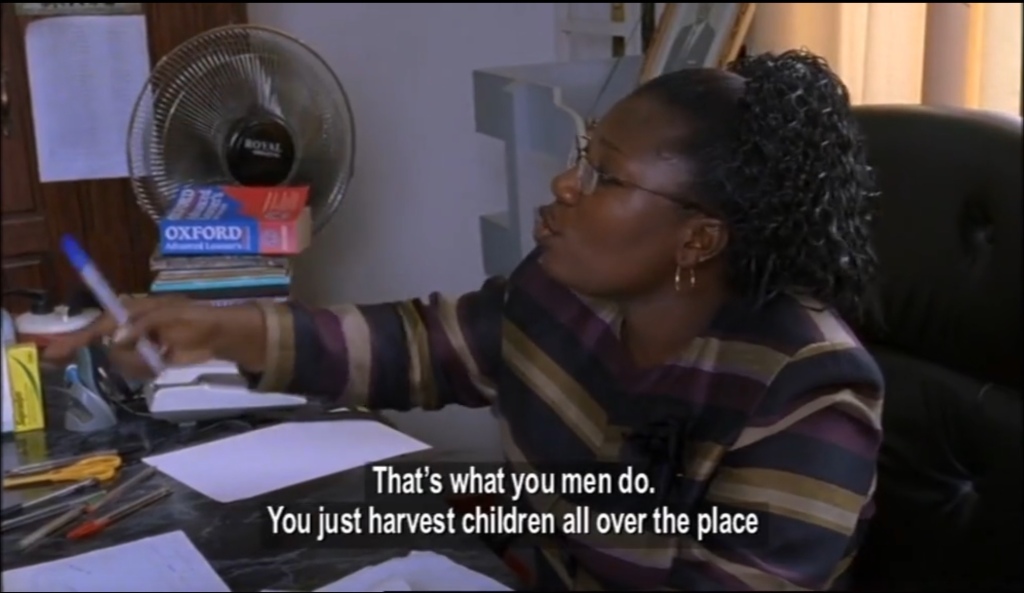
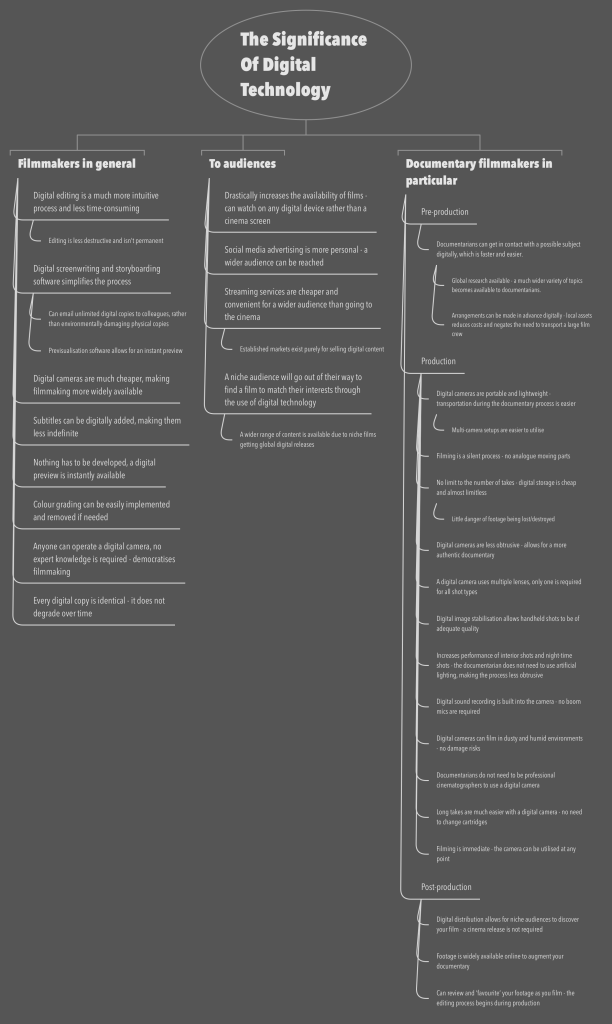
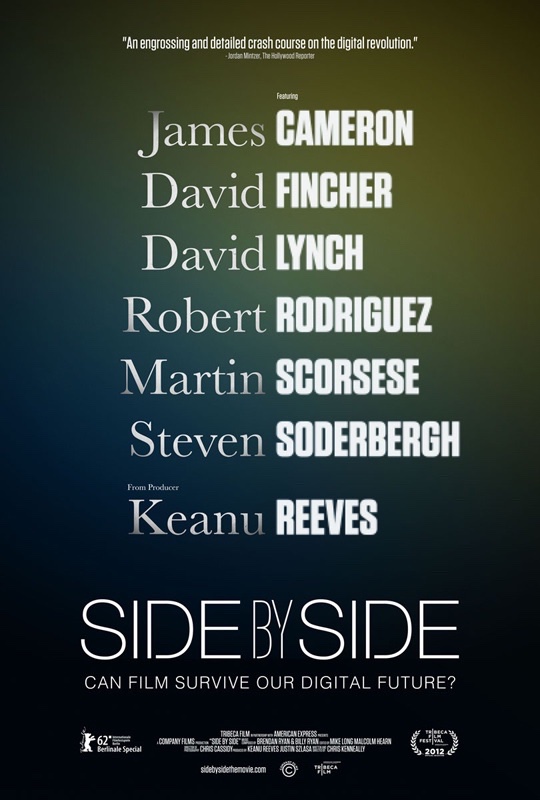
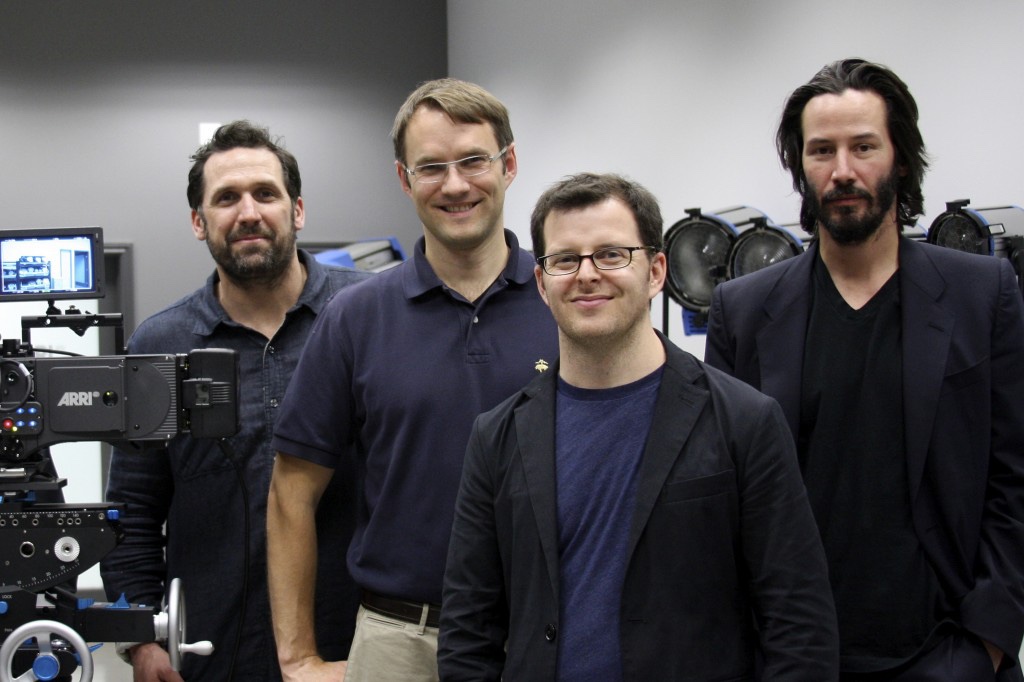
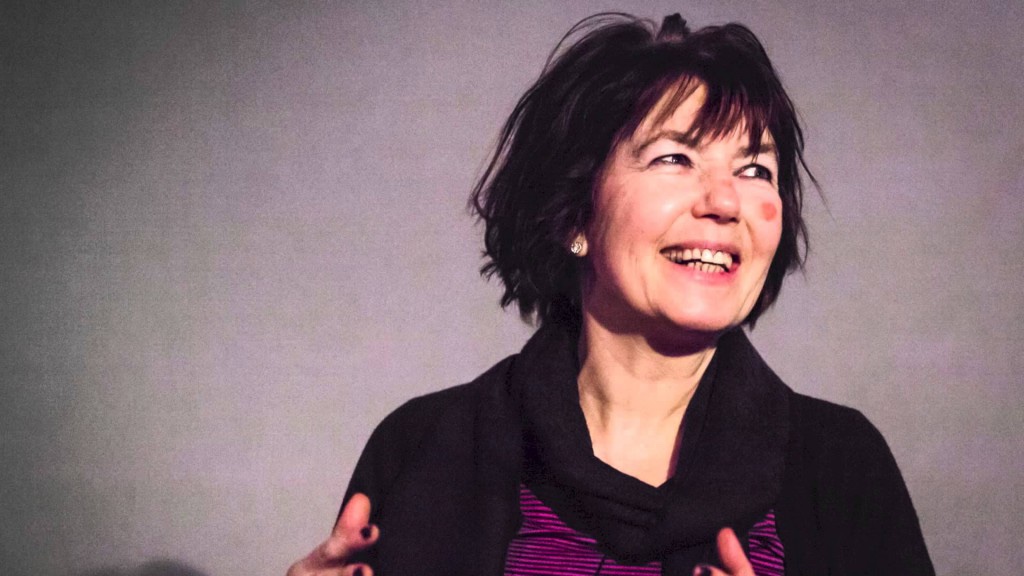
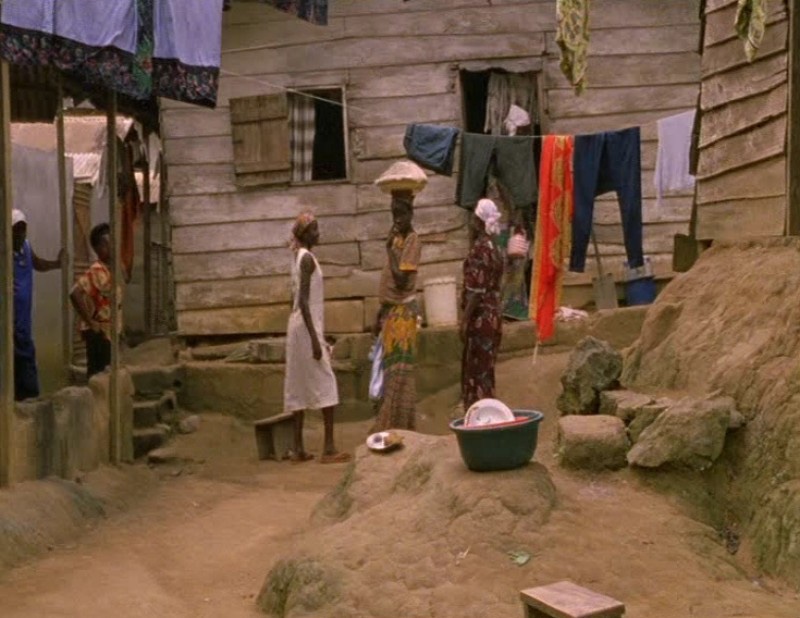

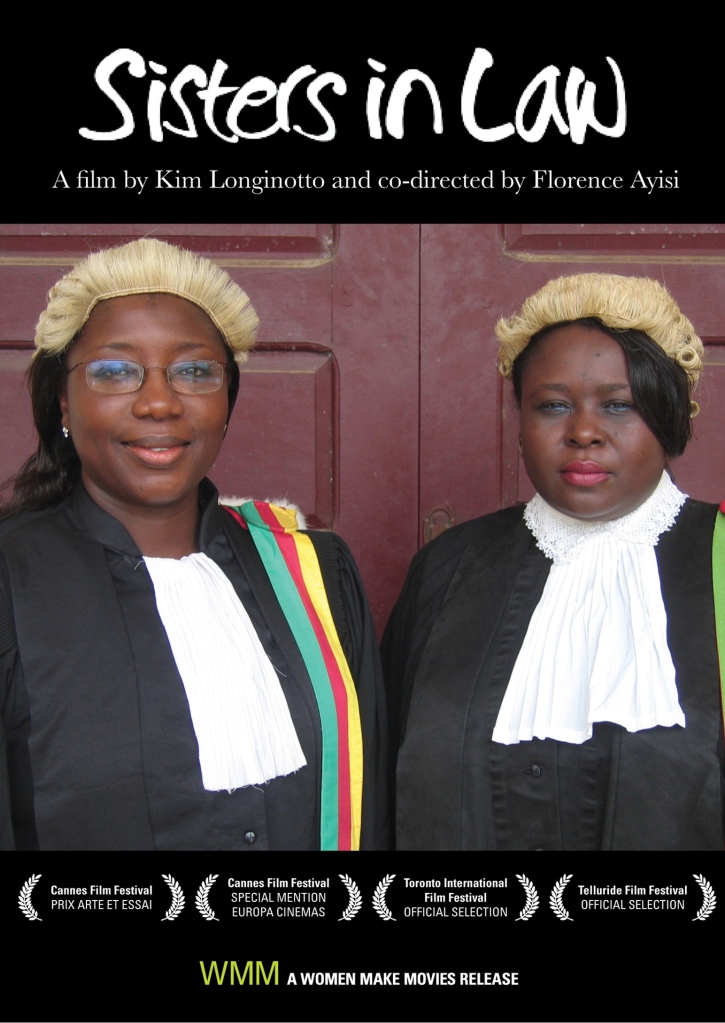
You must be logged in to post a comment.